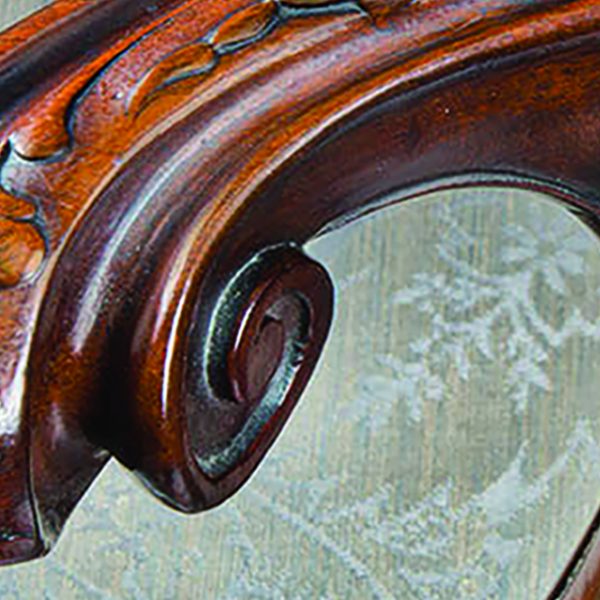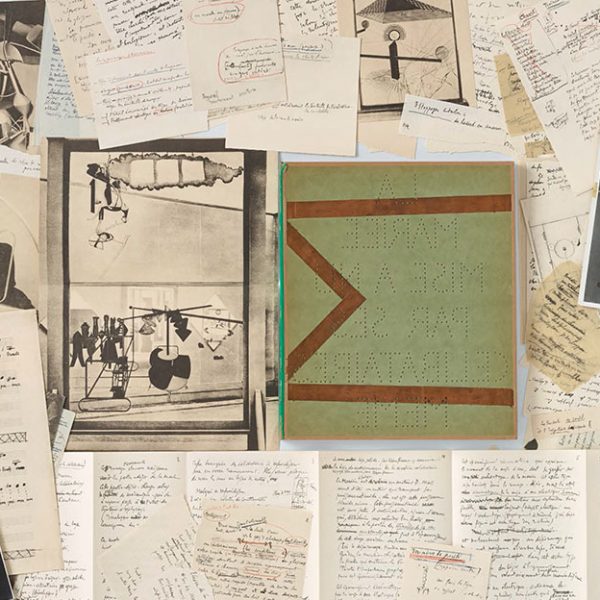Thomas Eakins Explained: An Interview with Sidney Kirkpatrick
 Thomas Eakins was misunderstood in life, his brilliant work earned little acclaim, and hidden demons tortured and drove him. Yet the portraits he painted more than a century ago captivate us today, and he is now widely acclaimed as the finest portrait painter our nation has ever produced. This book recounts the artist’s life in fascinating detail, drawing on a treasure trove of Eakins family correspondence and papers that have only recently been discovered.
Thomas Eakins was misunderstood in life, his brilliant work earned little acclaim, and hidden demons tortured and drove him. Yet the portraits he painted more than a century ago captivate us today, and he is now widely acclaimed as the finest portrait painter our nation has ever produced. This book recounts the artist’s life in fascinating detail, drawing on a treasure trove of Eakins family correspondence and papers that have only recently been discovered.
In his new book, The Revenge of Thomas Eakins, author Sidney Kirkpatrick sets the painter’s life and art in the wider context of the changing world he devoted himself to portraying, and he also addresses the artist’s private life—the contradictory impulses, obsessions, and possible psychological illness that fired his work. Kirkpatrick underscores Eakins’s unflinching integrity as an artist and discloses how his profound appreciation of the beauty of the human form was both the source of his greatness and ultimately of his undoing.
Here, Kirkpatrick discusses the allure of Thomas Eakins.
Q: This book is not just for art historians. How did you approach the story of Thomas Eakins’s life?
A: I wanted to bring this fascinating man to life for all readers. My goal was to create a portrait of such vivid detail and narrative force that I would accomplish with words the kind of luminous realism and lasting insight that Eakins brought to canvas.
Q: In the past you’ve written about American psychic Edgar Cayce, Hollywood director King Vidor solving the murder of William Desmond Taylor, and Peruvian archaeologist Walter Alva. What led you to Thomas Eakins?
A: The Pandora’s box of diaries, letters, and photographs I used to write the Eakins book was hidden from public view for half a century. This cache provided a picture window into Eakins’s life in much the same way that King Vidor’s locked strong box led me to unravel Taylor’s murder and Alva’s finding a lost tomb rewrote pre-Columbian history. What these treasures reveal about key people and their worlds were dramas I found irresistible.
Q: You refer to “the revenge” of Eakins. What do you mean by that?
A: His greatness was misunderstood in his time. Today, Philadelphia’s native son is immortal and recognized worldwide. The city that turned a cold shoulder has revised the municipal map to accommodate a traffic circle and park named in his honor. A century earlier, no one would have believed such a thing possible. He had only a single one-man showing of his art. The most significant honor he received was a gold medal which he later melted down and redeemed for cash. Eakins’s paintings now fill entire rooms in the Philadelphia Museum. He is indispensable to the city’s idea of itself as a cultural landmark, and more, to understanding and appreciating ourselves as a nation. That’s his revenge.
Read an excerpt from the book by clicking here (in pdf format).



